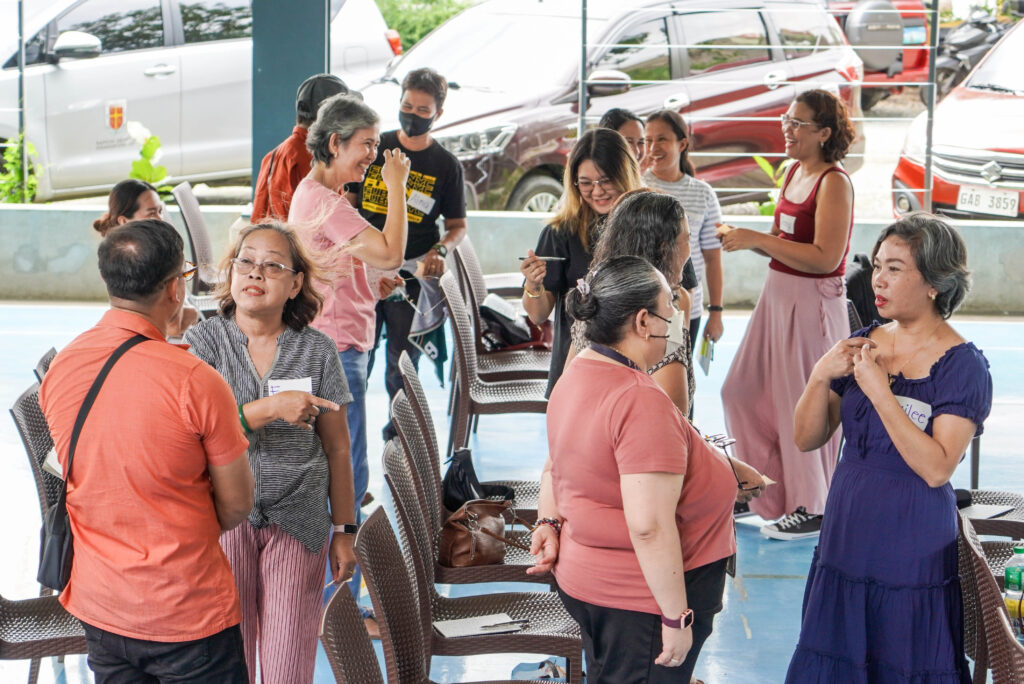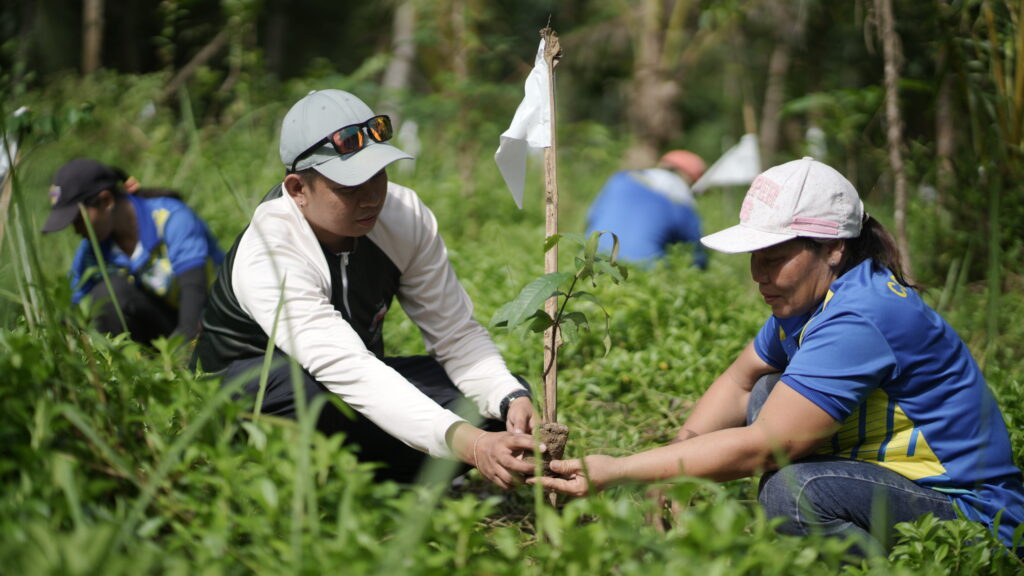
Microfinance stands as one of the most promising and cost-effective tools in the fight against poverty. ~Jonathan Morduch
Founded and pioneered in the 1970s, microfinance is an ingenious concept that made financial services available to underserved communities.
Today, it is widely utilized all over the world. Microfinance programs have made a significant and pivotal impact in developing countries. To illustrate just how vital these programs are, it is imperative to note that most of the world’s population does not have access to financial services. These unbanked individuals typically live in underdeveloped or developing countries. They are unable to create bank accounts for either of these five reasons:
a) They do not have enough money to set up one
b) There are no banks nearby
c) They are unable to complete any essential paperwork
d) They lack the required identification
e) They are unaware of the benefits
But before we go into the benefits of Microfinance programs in the Philippines or elsewhere, understanding it is paramount.
What is microfinance?
In a nutshell, microfinance is the practice of extending a small loan or another form of credit (savings or checking) or insurance products to individuals who otherwise do not have access to this kind of capital.
As a result, individuals living in low-income areas can become financially independent and progress toward better living conditions. Keep in mind that a significant majority of the world’s population is forced to live from paycheck to paycheck. Even worse, some survive on as little as a hundred pesos a day, and for some, even less. Microfinance has become a practical solution to helping these people improve their living conditions. For this reason, many microfinance programs in the Philippines have become indispensable.
To illustrate just how important these are, below is a list of benefits on why you should consider getting involved or incorporating this type of money lending.
Benefits of microfinance programs in the Philippines
1. Provides access to financial services
While banks have always been the primary financial institutions for money lending, they do not extend loans to individuals with little to no assets. Generally, they also do not engage in the small size of loans that microfinance seeks to provide. Essentially, microfinancing is based on the philosophy that even small amounts of credit can address and help end the cycle of poverty.
Women can typically benefit from microfinance programs as they have trouble accessing formal institutions. This is because they do not usually possess appropriate identification or certification of land and house ownership.
2. Allows people to better provide for their families
Microfinance programs serve to add a layer of resilience in developing countries. Essentially, these buffers allow individuals to better provide for themselves or their families. Typically, even if households can bring themselves out of poverty, it only takes one adverse event to send them spiraling back to it. It may be a healthcare issue or a fortuitous event that causes them to live in poverty again.
Economic difficulties often take these individuals by surprise. By allowing them to become more resilient through their efforts at their own business, they are then granted the opportunity to address and make it through times of financial challenges.
3. Provides access to credit
As said above, most banks do not extend loans to someone without collateral or credit. This is because this type of loan comes with many risks. Unfortunately, those living in poverty do not have any credit or collateral to offer, compelling them to create debts for themselves that would affect their overall livelihood. Microfinance opportunities allow these same individuals access to small amounts of credit. As a result, rapid poverty can be addressed. Muhammad Yunus, often regarded as the modern father of microfinance, believed that credit is a fundamental right.
While some financial institutions may not share his sentiment, without credit, it can be difficult or even impossible for someone living in poverty to pursue the idea of bringing themselves out of an unending cycle of financial constraint. Microfinance seeks to address that and makes the pursuit of financial freedom and flexibility one day possible.
4. Serves groups often overlooked in society
In most developing countries, primary recipients of microloans are typically women; in fact, up to 95% of loan products extended by Microfinance institutions are granted to women. Similarly, it is extended to those with disabilities, the unemployed, and even those with difficulties meeting their basic needs. Microfinance helps them take better control of their lives.
5. Offers a better overall loan repayment model
Empowered individuals tend to avoid defaulting on loans they have taken out. Statistically, it has also been reported that women are more likely to repay loans than men. For this reason, women are the primary target recipients of microfinancing globally. Undeniably, recipients of microloans see it as their only real shot of getting themselves out of poverty. As a result, they are unlikely to waste that opportunity.
A curious side effect of this approach is that many developing countries are taking a closer and fresh look at women’s societal role. The antiquated idea of women being forced into the homemaker role in the household has been done away with. In place of treating women as second-class citizens and the ensuing attitude associated with it, the success of women in bringing their households out of poverty is seen as evidence that proves women have the initiative to produce consistent results.
6. Creates opportunities to end the cycle of poverty
Children from low-income families are more likely to miss school days. In other cases, they may not even be enrolled at school. As it is, most families living in poverty are working in the agricultural sector. That said, these families require their children to work and be productive so that their financial needs are better met.
With microfinance programs, this can be addressed as receiving microfinancing products make it less of a threat of going without funding. As a result, it creates more opportunities for children to stay or be enrolled in schools.
7. Creates possibilities for future investments
Poverty is a cycle that perpetuates itself. Lack of money means that there is a lack of food, lack of clean water, and lack of adequate sanitary living conditions. As a result, people suffer from malnutrition, making them less likely to work. In addition, lack of proper sanitation can lead to potential illnesses that prevent working days.
Microfinance seeks to address this by making money available. With that, basic needs are met, and families can invest in better sanitation, water wells, and access to healthcare. Furthermore, considering that basic needs are met, the likelihood of interruptions to the routine is reduced, and people can stay more productive. Children can stay in school more consistently as well. All of these culminate in the possibility of future investments as there is more confidence in meeting basic needs for sustainability.
8. Provides sustainable capital investments
To some, a hundred dollars may be seen just as a fancy dinner. But in developing countries, this amount could be enough to pull their families out of poverty. It may be negligible to some, but it is already more than enough for many lower-income families. Even more, this small level of working capital is sustainable because it is practically a forgettable amount.
Should the recipient default on that money, the interest and repayment of other microloans will make up for it. Repayments are then reinvested into communities so that organizations can continuously and progressively improve the benefits of microfinance.
9. Create real jobs for the Filipinos
Entrepreneurs in developing countries can create new employment opportunities for others with microfinance. As more people are able to work and earn income, the local economy benefits, considering that there are more revenues available to move through local businesses and service providers.
10. Encourages the Filipinos to save
An essential component of microfinance is microloans, but saving money also forms part of it. When basic needs are met, people develop this natural inclination to keep the leftover earnings for future emergencies that may arise. As a result, it can create the potential for more investments and income for individuals in a developing country.
Saving may not always be something borrowers do, but it forms part of the expected microfinance process. This is because small loans can already make a significant financial improvement for households living in poverty. While a dollar per day may not make much difference to some, that same amount can potentially take someone out of extreme poverty. In place of significant improvements, however, microfinance focuses on minor enhancements. As soon as these improvements occur, people can store their income—thanks to microfinance programs.


